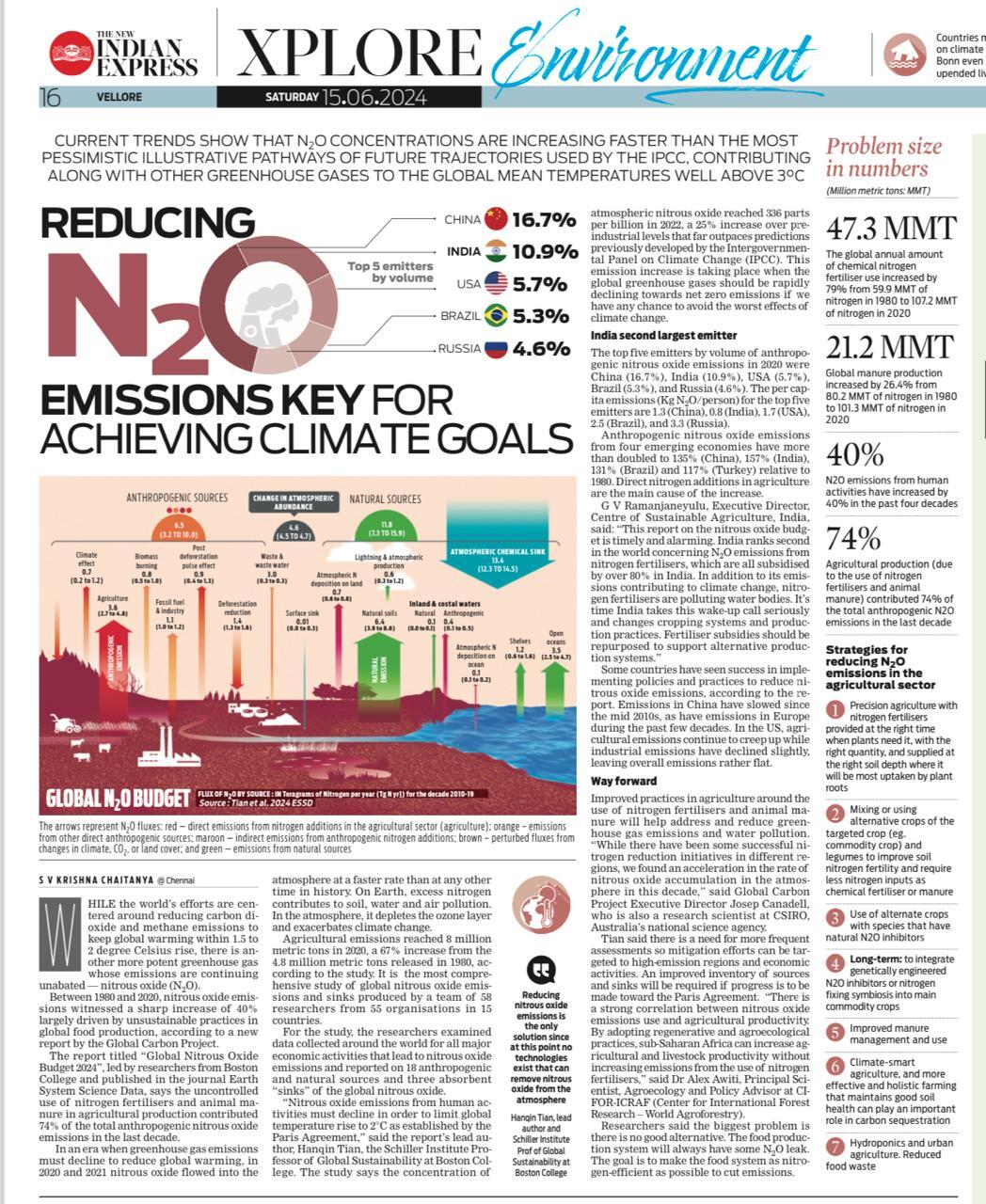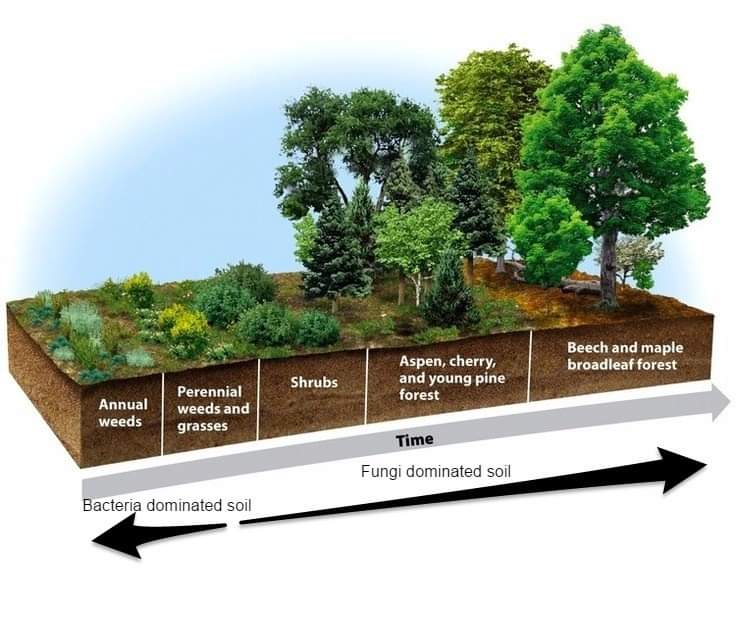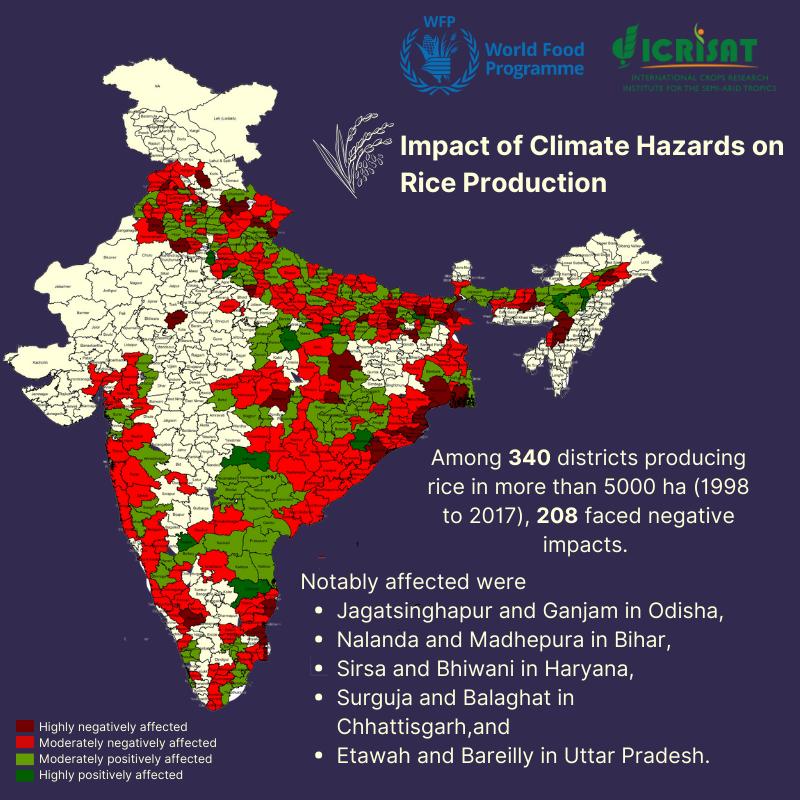Posted On: 25 NOV 2024 8:39PM by PIB Delhi The Union Cabinet chaired by Prime Minister Shri Narendra Modi approved the launching of the National Mission on Natural Farming (NMNF) as a standalone Centrally Sponsored Scheme under the Ministry of …
ఆంధ్రప్రదేశ్ రాష్ట్ర ప్రభుత్వం 2024లో రైతుల సంక్షేమానికి పెద్ద పీట వేస్తూ ‘అన్నదాత సుఖీభవ పథకం’ను ప్రవేశపెట్టింది. ఈ పథకం కింద ప్రధానంగా రాష్ట్రంలోని రైతులకు ఆర్థిక సహాయం అందించడం, రైతుల పెట్టుబడి ఖర్చులను తగ్గించడం, పంటల విక్రయానికి సులభతరం చేసే విధానాలు అమలు చేయడం ప్రధాన లక్ష్యం. ఈ పథకం ద్వారా రైతులకు పెట్టుబడికి …
https://www.gaonconnection.com/lead-stories/indigenous-multi-cropping-systems-of-india-agriculture-farmers-productivity-agrarian-revival-traditional-farming-51445 From the 7-crop system of Rammol in Bhuj to the nearly 40-crop system of Kurwa in Jharkhand, India’s indigenous multi-cropping systems, or IMiCS’, could address some of the farming sector challenges in the country. V Swaran 23 Nov 2022
Global carbon project paper on nitrogen budget shows India is second to China with respect to N2O emissions from agriculture particularly chemical fertilizerswe need work on this with targeted approach to reduce Nitrogenous fertiliser use To have any realistic chance …
The world wasted an estimated 19 percent of the food produced globally in 2022, or about 1.05 billion metric tons, according to a new United Nations report. The 2021 report estimated that 17 percent of the food produced globally in …
Inequality in India has skyrocketed since the early 2000s, with the income and wealth share of the top one per cent of the population rising to 22.6 per cent and 40.1 per cent, respectively, in 2022-23, according to a working …
https://dario-cortese.medium.com/an-introduction-to-syntropic-agriculture-9a346050e6ed There has been lots of talk, in regenerative agriculture, about syntropic agroforestry. Many of you will have noticed that there is very little (written or video) English material available for those who would like a systematic description of the …
The key findings are https://cgspace.cgiar.org/bitstream/handle/10568/134967/66684.pdf?sequence=1&isAllowed=y
ICRISAT and World Food Program have published a report quantifying climate change impacts on Indian Agriculture






